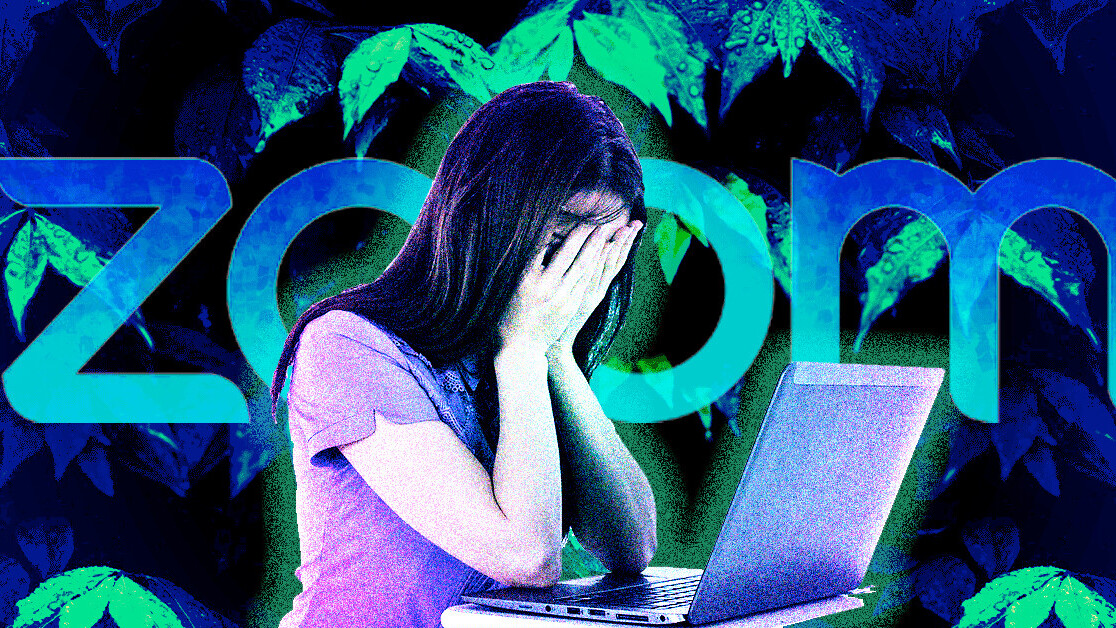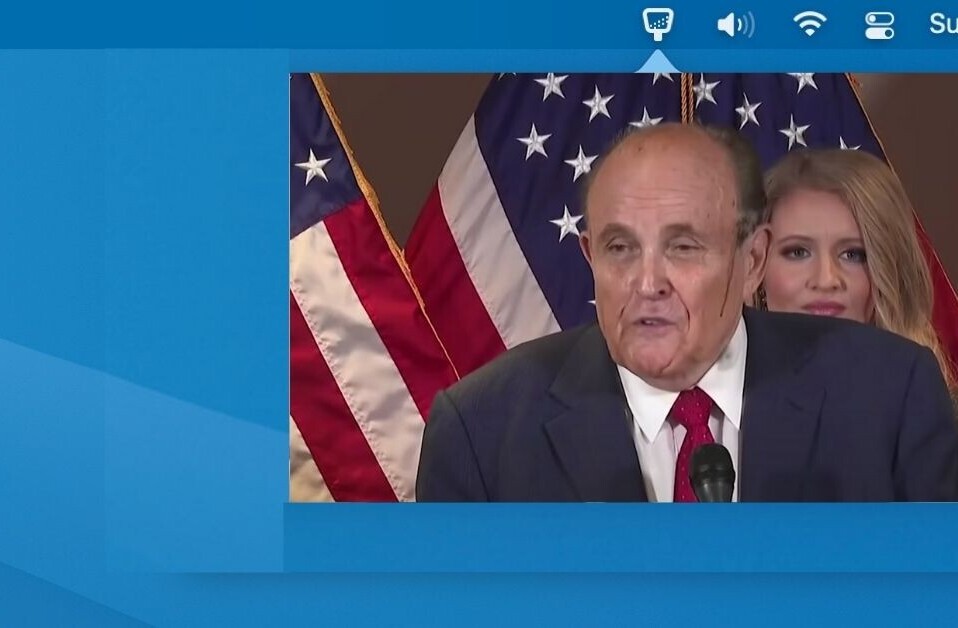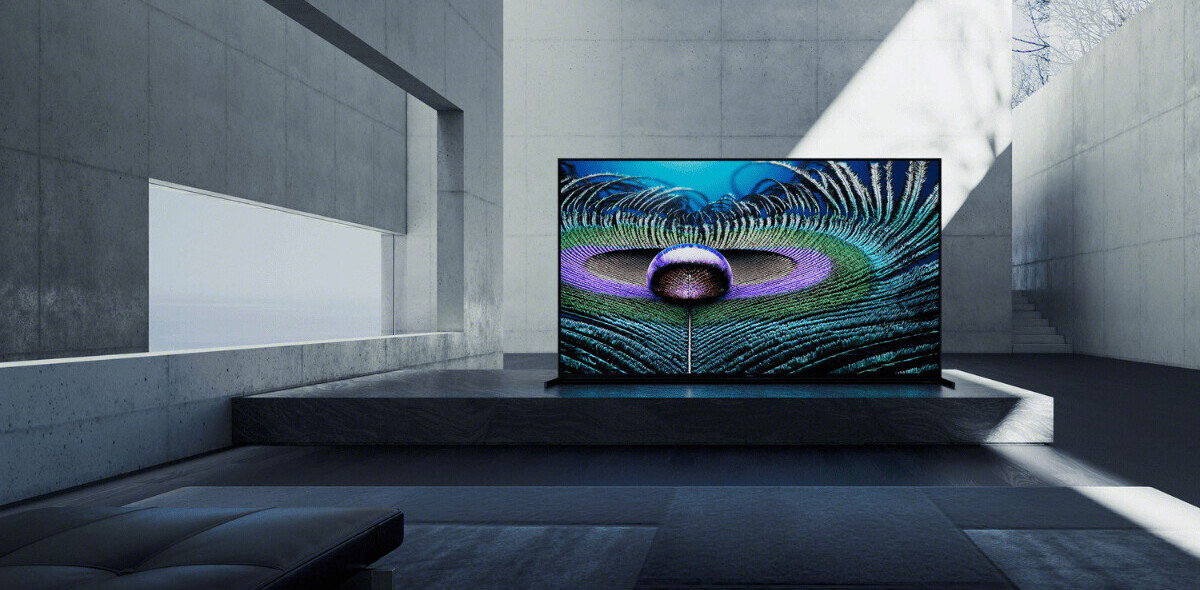
With much of the world in lockdown, our time spent on video calls has risen rapidly. Video conferencing has expanded from being a tool for business meetings to something we use to socialize, worship, and even date on.
There is no doubt that platforms like Zoom are very useful. But all this time spent on video calls has its problems. We rely on it connect with people, yet it can leave us feeling tired and empty. It has given us some semblance of normal life during lockdown, but it can make relationships seem unreal. This feeling has spurred talk of a new psychological affliction: “Zoom fatigue.”
When we interact with another person through the screen, our brains have to work much harder. We miss many of the other cues we’d have during a real-life conversation like the smell of the room or some detail in our peripheral vision. This additional information helps our brains make sense of what is going on.
[Read: How to force yourself to focus during virtual meetings]
When that extra information is gone, our brains have to work harder to make sense of what is happening. This can sometimes put us at a disadvantage. For instance, a meta-analysis of job interviews found that people tended to fare worse when they were interviewed through video link than in person.
The greater effort it takes to make sense of what’s going on means we often take mental shortcuts. This can result in mistakes. One study found that medics who attended a seminar via video conferencing tended to focus on whether they liked the presenter, while those who attended in person focused on the quality of presenter’s arguments.
Another study found that when courts made decisions about a refugee’s appeal using a video call, they were less trusting and understanding. Applicants were more likely to lie and judges were less likely to spot falsehoods. A third study found that court sketch artists made less accurate drawings when gathering information via video call.
Our biases can get worse if the line is glitchy. Even a one second delay can make us think people on the other end of the line are less friendly. One experiment found that when the video quality was low, people were much more cautious in their communication.
Emotionally exhausting
Video conferences can be emotionally exhausting as well. One study of interpreters working in the United Nations and the European Union who did remote translations felt alienated. Therapists conducting sessions through video calls reported concerns they had “lost connection” with their clients.
A study of student-teacher interaction found that when an oral exam was conducted through a video link, students who were already predisposed to feeling anxious would become even more anxious than in a face-to-face exam. As a consequence, they tended to perform worse. The student’s anxiety was heightened when they could see a big picture of themselves on the screen.
A strange quirk of video conferencing is that when we sit there we see ourselves mirrored back at us. This can make us more self-conscious and less certain in our interactions. We may try harder but we also find it more stressful.
The spread of video conferencing can also trigger a desperate search for recognition. One analysis of remote employees found that those working away from the centre of an organisation often experience it as a form of “exile”. These exiled employees feel overlooked and try everything to make themselves seen. They search for interesting material and anecdotes to share with co-workers. They take on additional tasks which they hope will “catch the eye” of their managers.
Simple solutions
There are some relatively simple things you can do to make video conferencing less tiring. Avoid multitasking while on a video call to cut your cognitive workload and help you pay attention. Take a break between calls and get away from the screen to give you time to reflect, regroup and recover. Hiding the image of yourself during a video conference can make you feel less self-conscious and more focused on what others are saying.
There are also other ways of communicating, as well as video calls. Text messaging, email and phone calls can be better than video conferencing. For instance, one study found that during a voice only call, participants conveyed some information in a more accurate way than during a video call. Even letters have their upsides. One study found that hand writing a thank-you note makes recipients much more happy than we expect. Another showed therapeutic benefits for those who write them.
There are also times when no communication works best of all. A recent experiment found that teams that silently solved a puzzle together tended to outperform those that spoke as they worked. Sometimes it’s best to simply embrace the silence.![]()
This article is republished from The Conversation by Andre Spicer, Professor of Organizational Behavior, Cass Business School, City, University of London under a Creative Commons license. Read the original article.
Get the TNW newsletter
Get the most important tech news in your inbox each week.






